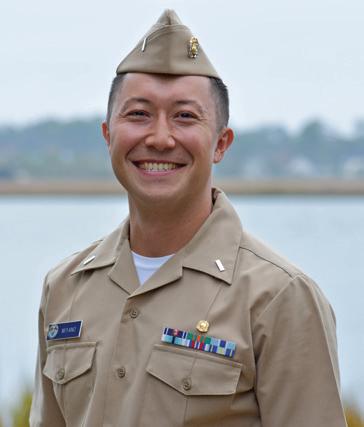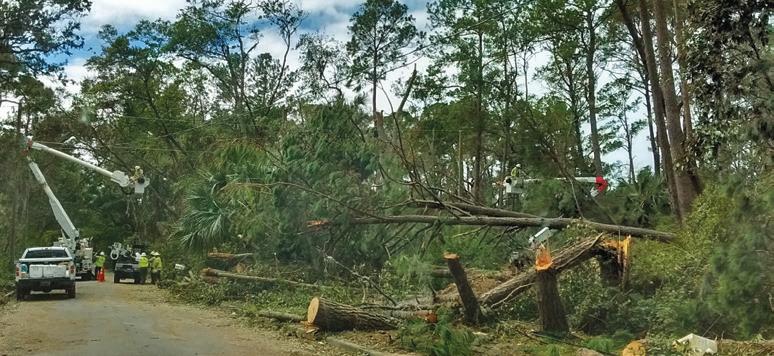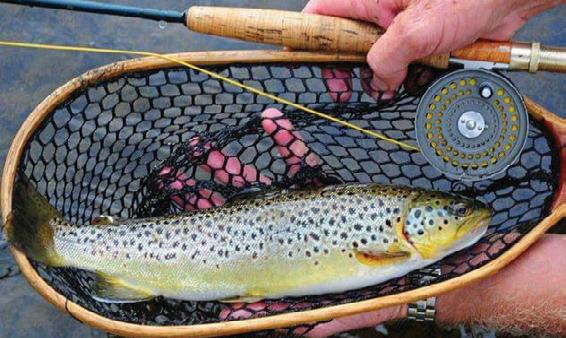
4 minute read
Fort King George
Fort King George TheFirst Outpost
Article and Photos By Captain J. Gary "Gator" Hill
Advertisement
As many of us have been taught, Savannah is Georgia’s first city. While that is true, it was not Britain’s first outpost in what would later become the 13th colony here in the new world. On February 12, 1733 General James Oglethorpe arrived at the Yamacraw bluff, on what would later become River Street and Bay Street.
However, prior to that, Britain had already constructed a fortification in its southernmost holdings of the Carolina’s, called Fort King George. From the early 1500s Spain had already made great progress in settling the deep south. The area we call Georgia today was referred to by the Spanish as, Guale (pronounced Wallee) after the First Nations people living in the region.
The Carolina’s, having rich agriculture potential, were always under the threat of Spanish incursion. So, by 1721 under the directions of Colonial Governor Sir Francis Nicholson and Colonel John Barnwell construction was started. Early records show from 1721 to 1723 work had been sanctioned and building had begun and the first troops to occupy the fort were put into motion. Although the original soldiers requested by “Tuscarora Jack” Barnwell were to be fit, young and spry, this did not end up being the case. Instead, he was sent 100 men from the Royal Hospital in Chelsea England.
Older, medically retired and other retired (what were called in/out pensioners) were deemed suitable for duty. So, in 1721, 100 privates and a handful of officers set out from England and arrived in Port Royal. However, many arrived in even poorer health from the voyage having contracted either malaria or scurvy. They spent the remained of 1721 in Port Royal and in 1722 the survivor’s set out for their new home – and for many their last. This would also be the final duty assignment for Colonel Barnwell who would perish due to hardships of the Fort King George duty assignment.
The location for Fort King George is on the north bank of the Altamaha River basin, which is a strategic location both
Fort King George sits three miles east of Sapelo Island on the banks of the Altamaha River.
militarily, as well as economically. Water allows easy and fast access to the interior and the coast for troop movement and to head off Spanish incursions, as well as what would become a thriving lumber industry. Though primarily a fortification, a sawmill was soon established serving a dual role, first in producing lumber to construct the fort, and second as a financial venture in processing raw lumber for sale.
The fort is not a typical brick and mortar style in the grand scale like Forts Frederica, Pulaski, or Oglethorpe (better known today as Old Fort Jackson), nor was it an earthworks construction like Fort McAllister. It might be better described as frontier style: a combination of wooden palisades in portions, as well as reinforced earthworks in others. Though the original fort is long gone, a reproduction has been faithfully constructed; according to records an original drawing was obtained with a hand-drawn layout by none other Colonel “Tuscarora Jack” himself.
The main building for defense is referred to as the “blockhouse,” measuring some 26 x 26 feet, laid out on three levels. Other structures include corner watchtowers, a long barracks for the enlisted, officer’s quarters, privies, a forge and other outlying structures. There is also a dock for the fort’s various small boats that were used to patrol the area.
The blockhouse, as mentioned is three levels, the lowermost was for powder and shot and other supplies as well as what looked like the capability of fielding eight pieces of artillery. The second level was for the infantry to fire muskets. Gun slits line each of the four sides allowing multiple locations to fire at the enemy. The third level was the observation post, with captivating views both southward towards the Altamaha and north back towards Savannah.
Fort King George had its share of hardships, in part due to being in a subtropical and marsh environment. Malaria was a serious concern for well over half of the year. “A mysterious fire,” as they described it, destroyed the blockhouse in 1726 and the fort was soon after abandoned by 1732.
In 1736, General James Oglethorpe sent a contingent of Scottish Highlanders to establish a new post and a large-scale milling operation in what was then called New Inverness and would later become Darien, Georgia. Though considered a failure by some, it no doubt played a vital roll in the early days of Savannah and Oglethorpe’s experiment called “Georgia.”
The fort is open and has remained so during the COVID-19 shutdown, though some amenities, such as the gift shop, may not currently be open. Still, it’s simple to get in and enjoy in all the fort has to offer. The day I was there, I had free run of the place. The only other soul I encountered right was a park ranger, and we respected each other’s space.
If you are looking for an enjoyable outdoor adventure, give Fort King George a chance and absorb some Georgia history.
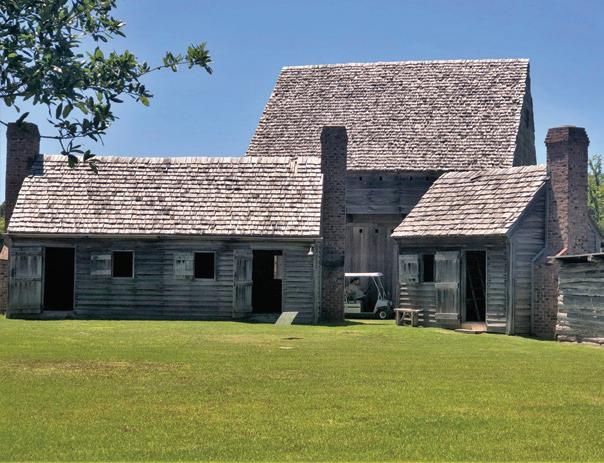
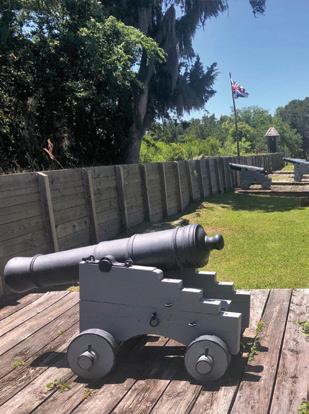
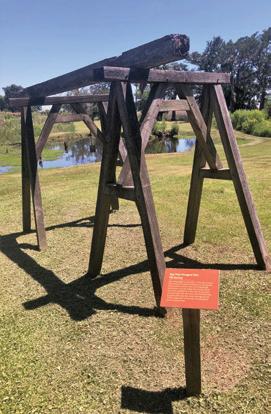
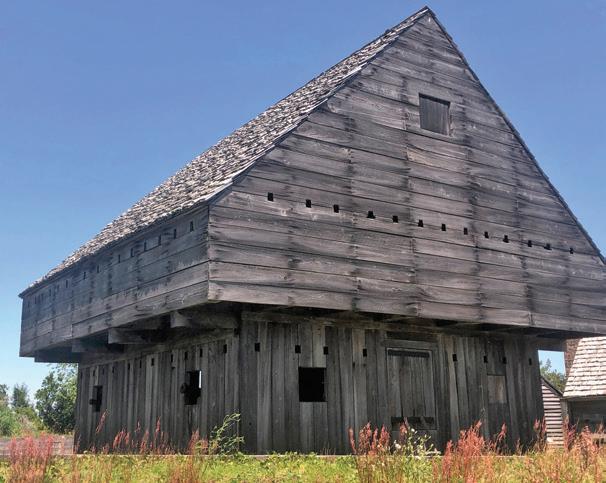
Call (912) 437-4770 to pay for your reservations, $5.00 per person. For additional info: gastateparks.org/FortKingGeorge
Top: View of the main structures. Middle, left: Cannons line the perimeter. Middle, right: A pit saw trestle used to cut cypress planks for construction of the fort. Bottom image: The block house, with cannon ports, musket slits and observation window.

